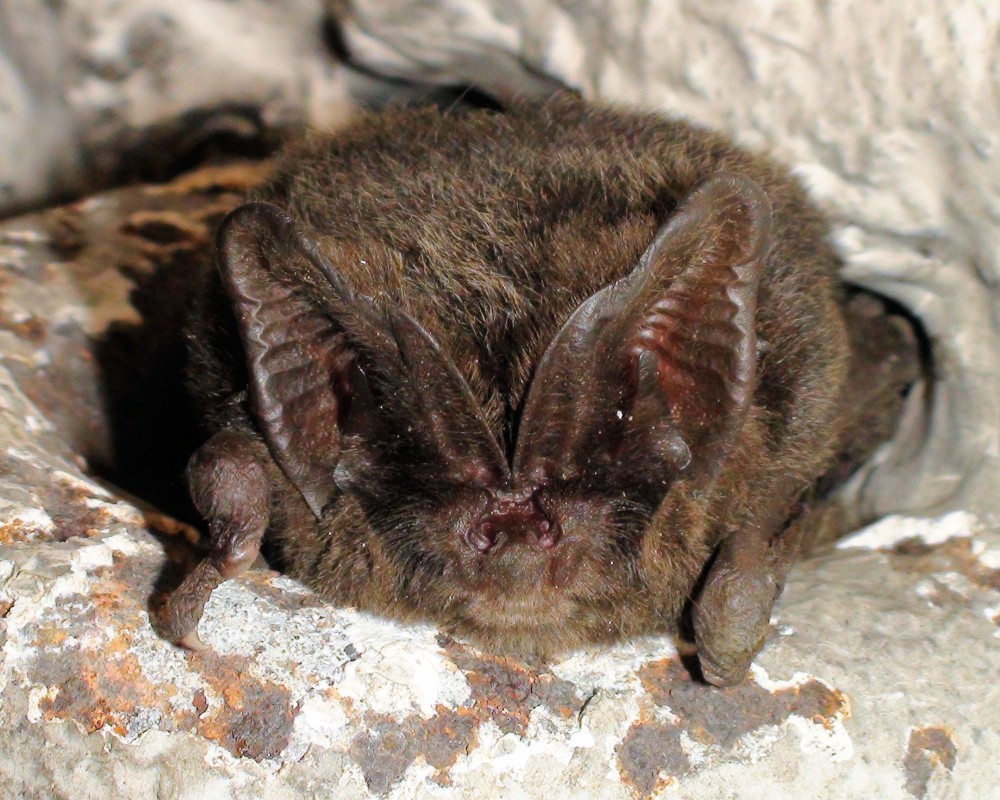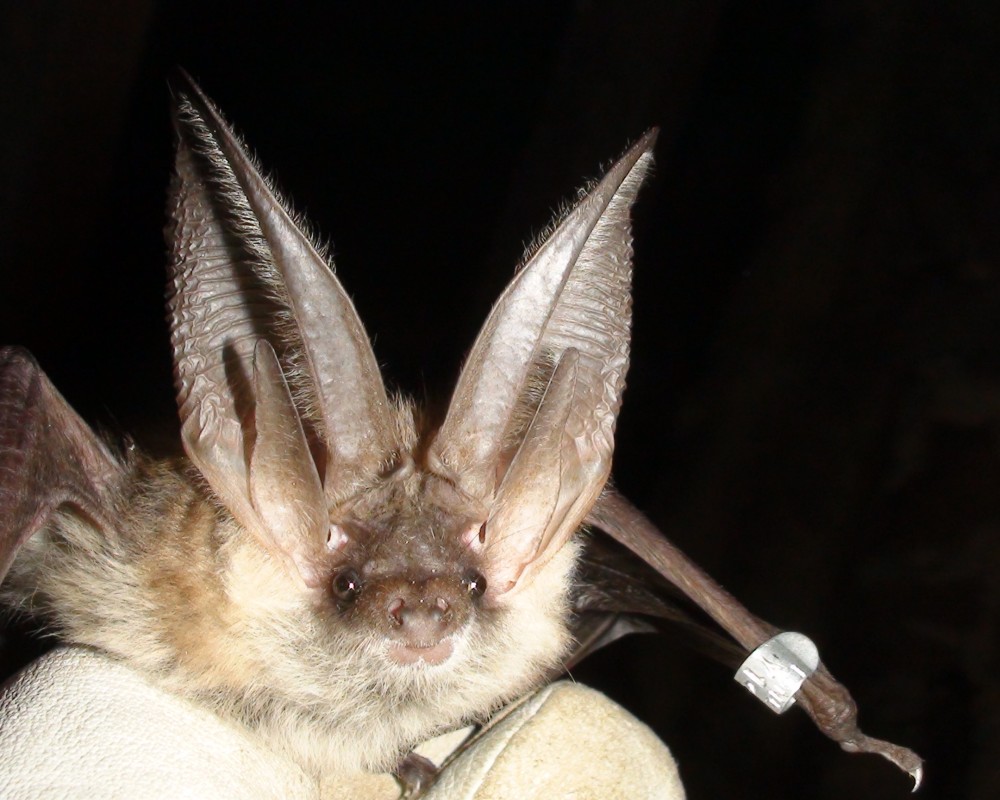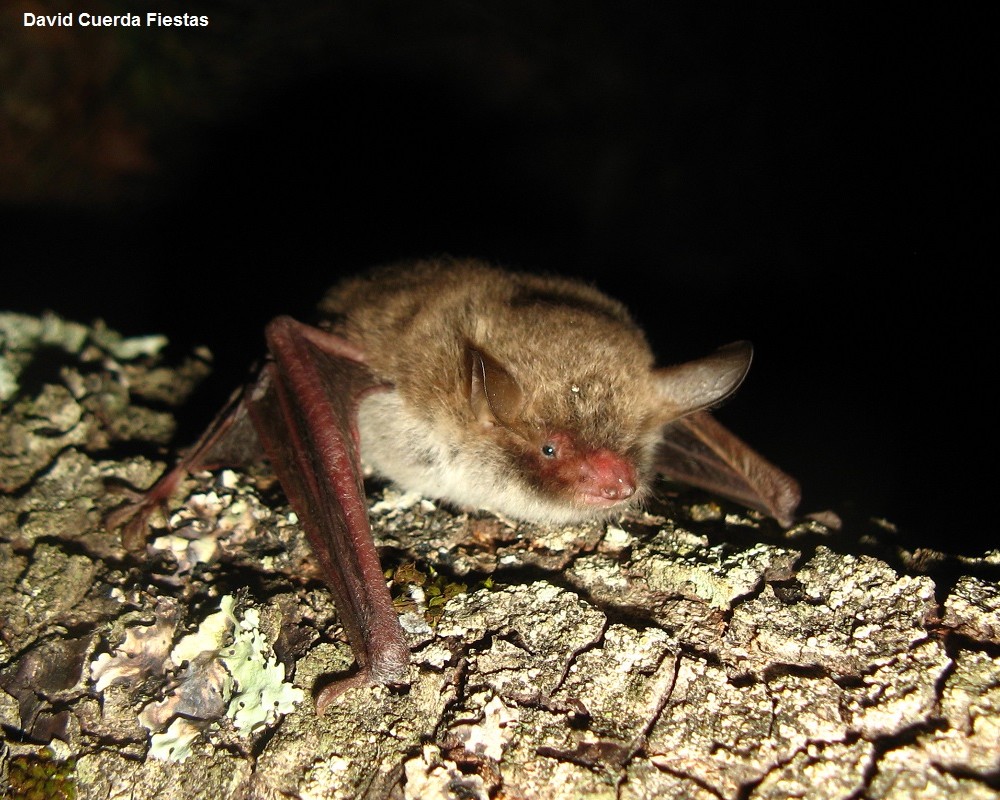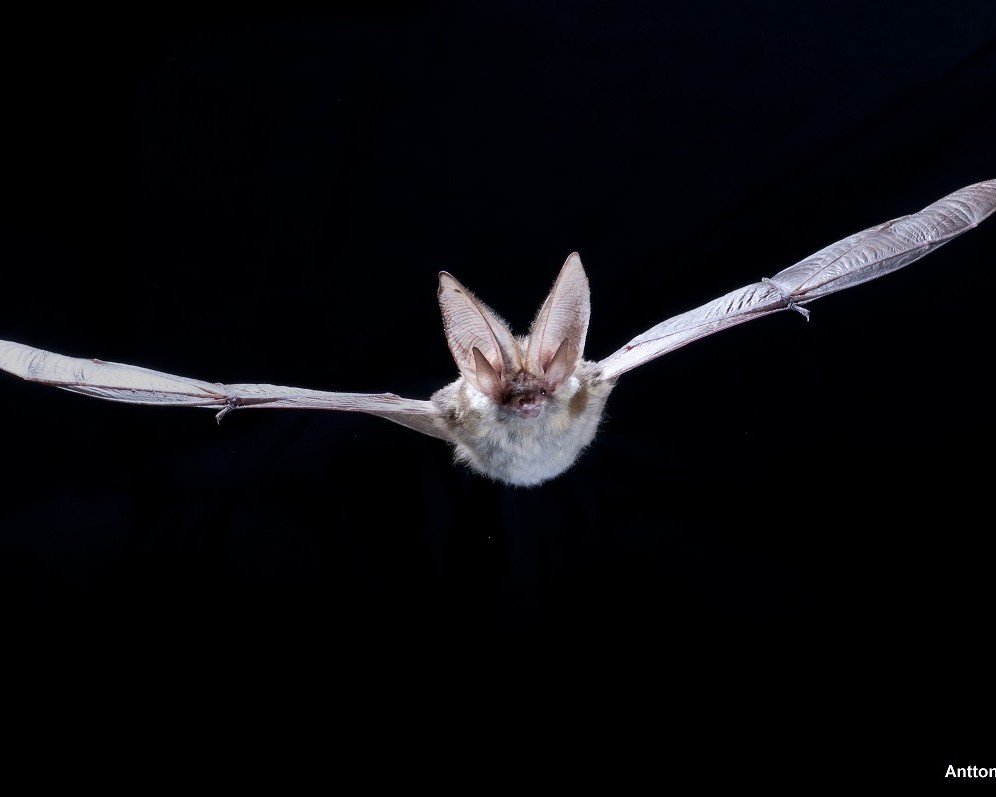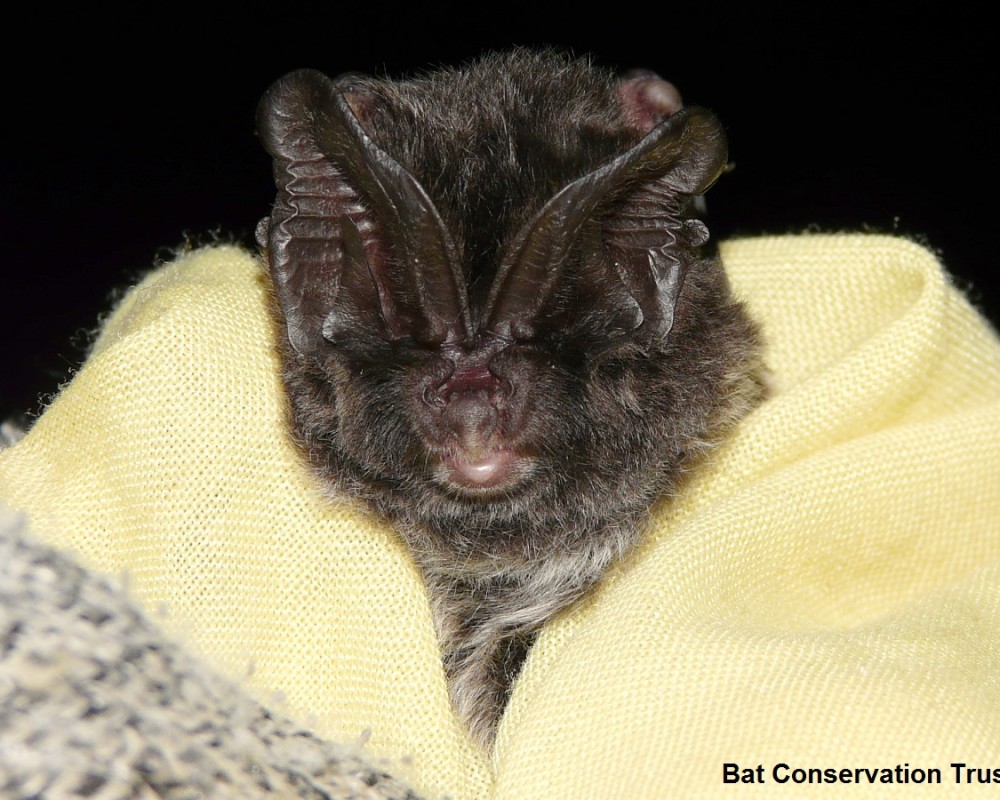Predictive Landscape Genetics
Future climate change is predicted to result in major shifts in the distribution of species, and therefore identifying factors that facilitate movement and genetic connectivity among populations is a major challenge for conservation. We use landscape genetics as a predictive tool to assess how species will shift their ranges to track changes in climatic suitability and inform conservation measures that will facilitate movement.
Our novel approach is based on three steps:
1) We use species distribution modelling to predict suitable ranges under future climate change.
2) We apply the landscape genetics framework to a genetic dataset (microsatellites or SNPs) in order to identify landscape variables that impede or facilitate movement.
3) We extrapolate the effect of landscape connectivity on range shifts in response to future climate change.
We applied this approach to identify potential range shift pathways for the grey long-eared bat, Plecotus austriacus, in the Iberian Peninsula.


